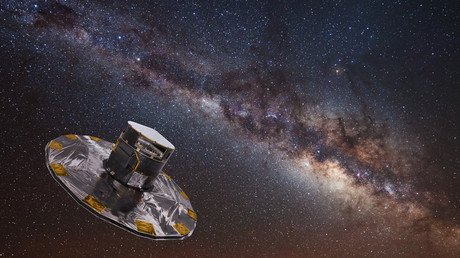Kalashnikov develops fully automated neural network-based combat module

The Russian Kalashnikov arms manufacturer has developed a fully automated combat module based on artificial neural networks, which allows it to identify targets, learn and make decisions on its own.
“In the nearest future we plan to unveil a whole line of neural network based products. A fully automated combat module based on that technology is to be unveiled during the ARMY-2017 forum,” communications director of Kalashnikov Concern Sofiya Ivanova told TASS.
Neural network technologies allow the module to identify targets and make decisions on its own, according to Ivanova. It remains unclear whether the module will actually open fire on its own or wait for a human to authorize it.
Artificial neural networks are computing systems inspired by biological neural networks, e. g. actual brains. These artificial systems are able to learn and operate using previous experience.
While many modern weapons have elements for target seeking without human input, the full-fledged use of autonomous artificial intelligence systems in warfare has prompted concerns among AI and robotics researchers. In 2015, a group of scientist from various fields issued an open letter warning of the possible consequences of autonomous weapons development, such as triggering a new arms race and a lowered threshold for going to war.
“Many arguments have been made for and against autonomous weapons, for example that replacing human soldiers by machines is good by reducing casualties for the owner but bad by thereby lowering the threshold for going to battle,” the letter reads. “The key question for humanity today is whether to start a global AI arms race or to prevent it from starting. If any major military power pushes ahead with AI weapon development, a global arms race is virtually inevitable, and the endpoint of this technological trajectory is obvious: autonomous weapons will become the Kalashnikovs of tomorrow.”
‘Artificial brains’ have already been used in more peaceful areas of science. The European Space Agency (ESA) has been using a massive computing system based on artificial neural networks to compare and analyze star surveys, in search of the fastest stars and their collisions near the black hole at the center of our galaxy. The list of two million stars was a bit too long to analyze manually, and therefore the artificial brains came in.
“We chose to use an artificial neural network, which is software designed to mimic how our brain works,” one of the researchers said. “After proper ‘training,’ it can learn how to recognize certain objects or patterns in a huge dataset.”













